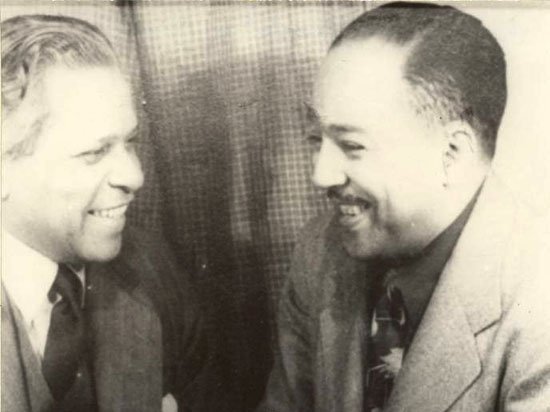
The Influence of Musical Folk Traditions in the Poetry of Langston Hughes and Nicolás Guillén
Lesson by Kathryn Gray
Langston Hughes and Nicolás Guillén were both young men of African descent born in 1902 who wrote poetry concerned with racial and class issues. One was raised in Cuba, the other in the United States, one in Spanish, the other in English and both had parents of mixed racial descent. In this unit, students explore how the two poet friends share a pattern of using musical influence in their poetry.
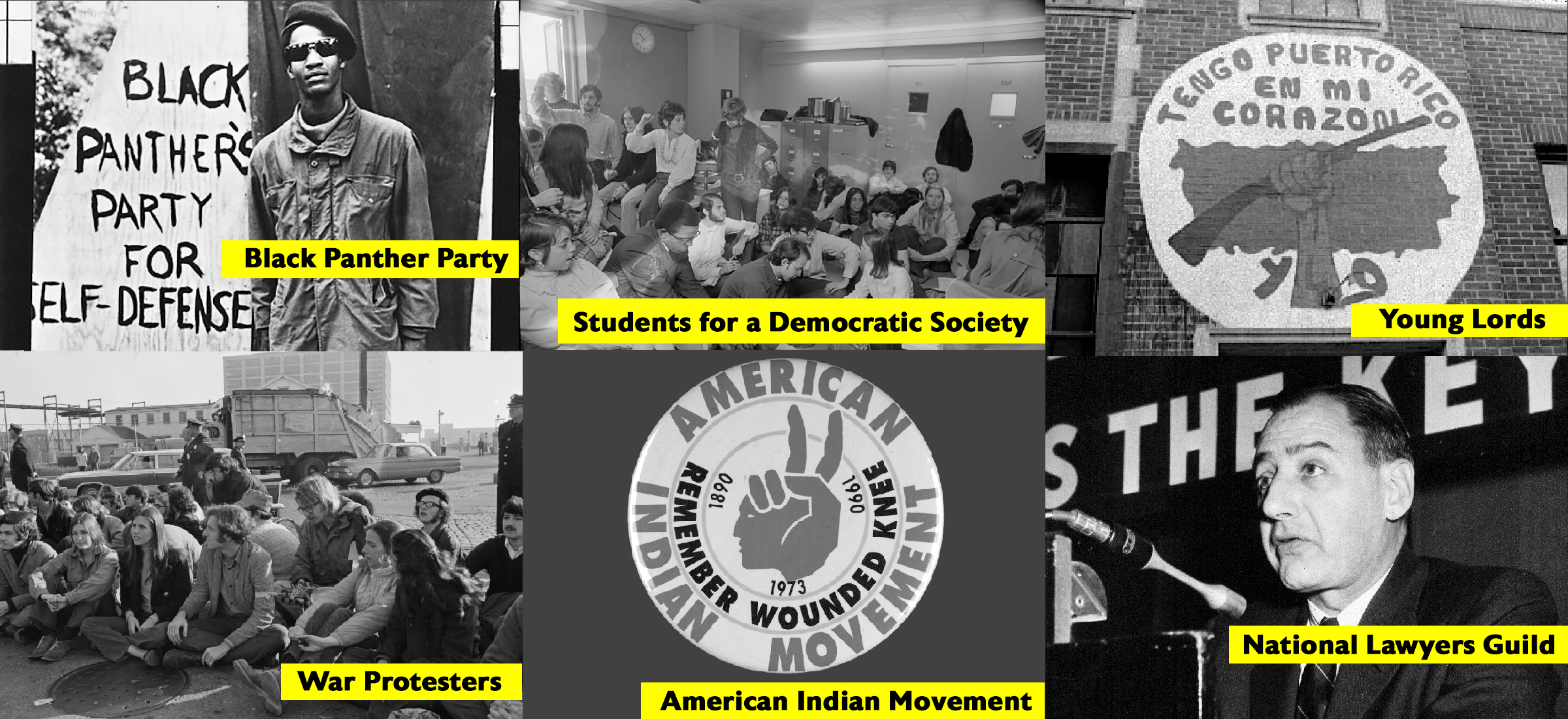
Why We Should Teach About the FBI’s War on the Civil Rights Movement
Reading by Ursula Wolfe-Rocca
Though COINTELPRO offers teachers a trove of opportunities to illustrate key concepts, including the rule of law, civil liberties, social protest, and due process, it is completely absent from most mainstream textbooks.

A School Year Like No Other, Eyes on the Prize: Fighting Back: 1957–1962
Lesson by Bill Bigelow
Students write poetry or prose in reaction to viewing "Eyes on the Prize: Fighting Back 1957-62" and two readings.

SNCC: International Connections
Reading by SNCC Digital Gateway
Growing up in the 1950s and 1960s, SNCC members were also influenced by the rising tide of liberation movements that followed World War II. As their commitment to the movement increased, they linked their own struggle for civil and human rights at home with anti-colonial struggles in Africa, Asia, and Latin America.
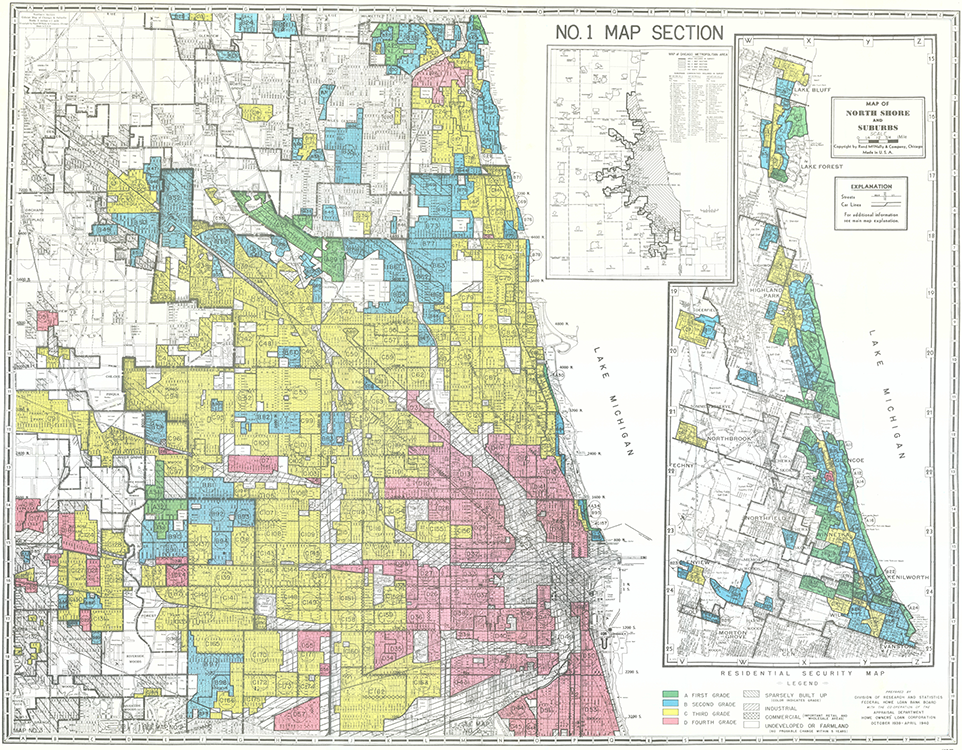
The Case for Reparations
Interview of Ta-Nehisi Coates by Audi Cornish
Ta-Nehisi Coates describes how the legacy of slavery extends to geographical and governmental policies in the United States and calls for a "collective introspection" on reparations.

What Julian Bond Taught Me
Reading by Jeanne Theoharis
Freedom movements don’t just happen, they are made—and not by charismatic leaders, but by everyday people possessing great courage. Reflections on what Julian Bond taught us about how social movements are built and sustained.
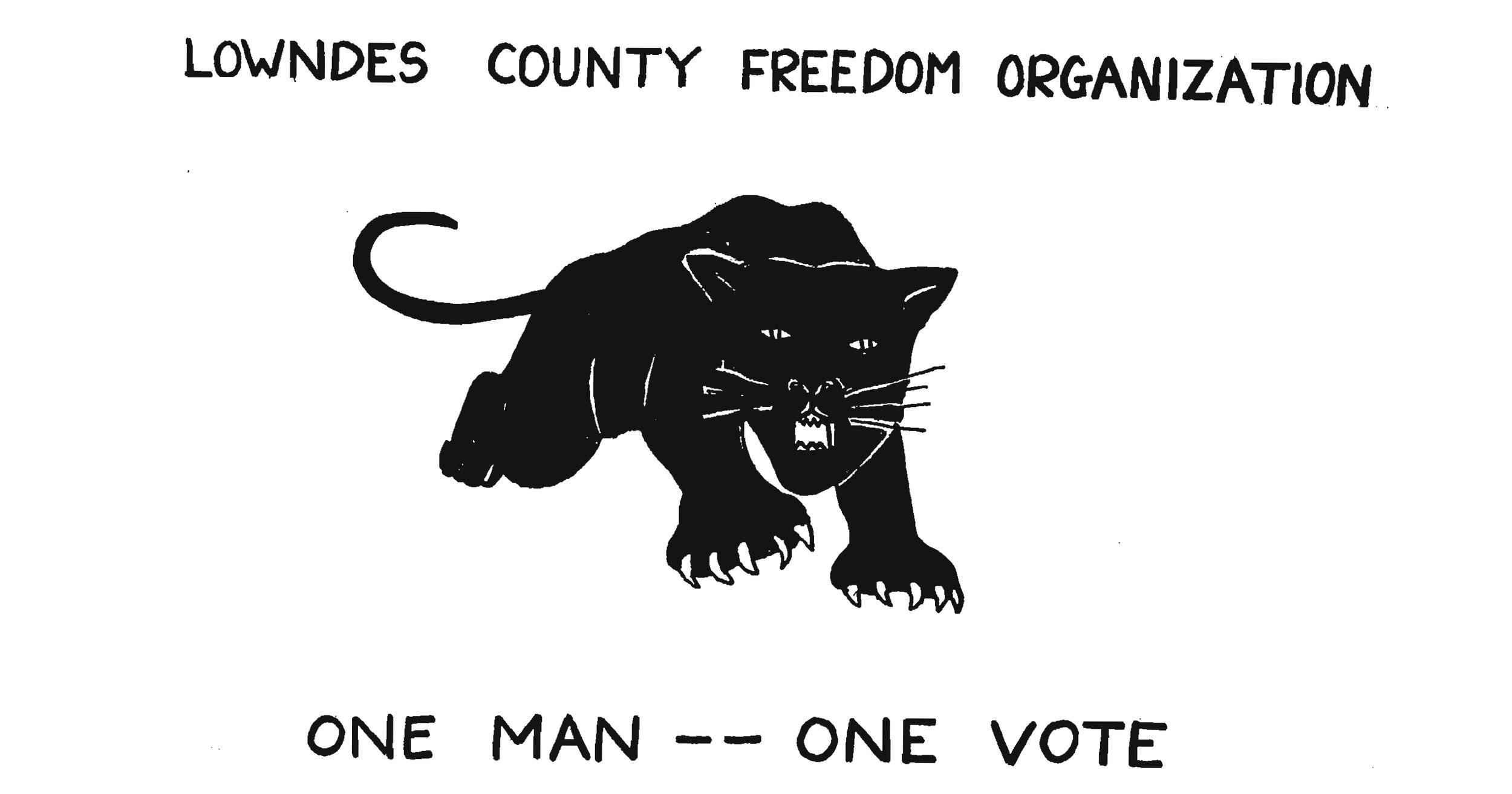
How the Black Panther Party Was Organized
Primary Document by John Hulett
Excerpts from a speech about how the Lowndes County Freedom Organization was organized and why they chose a black panther as their symbol. The speech was given in Los Angeles on May 22, 1966 at a meeting sponsored by a group of anti-Vietnam War committees.
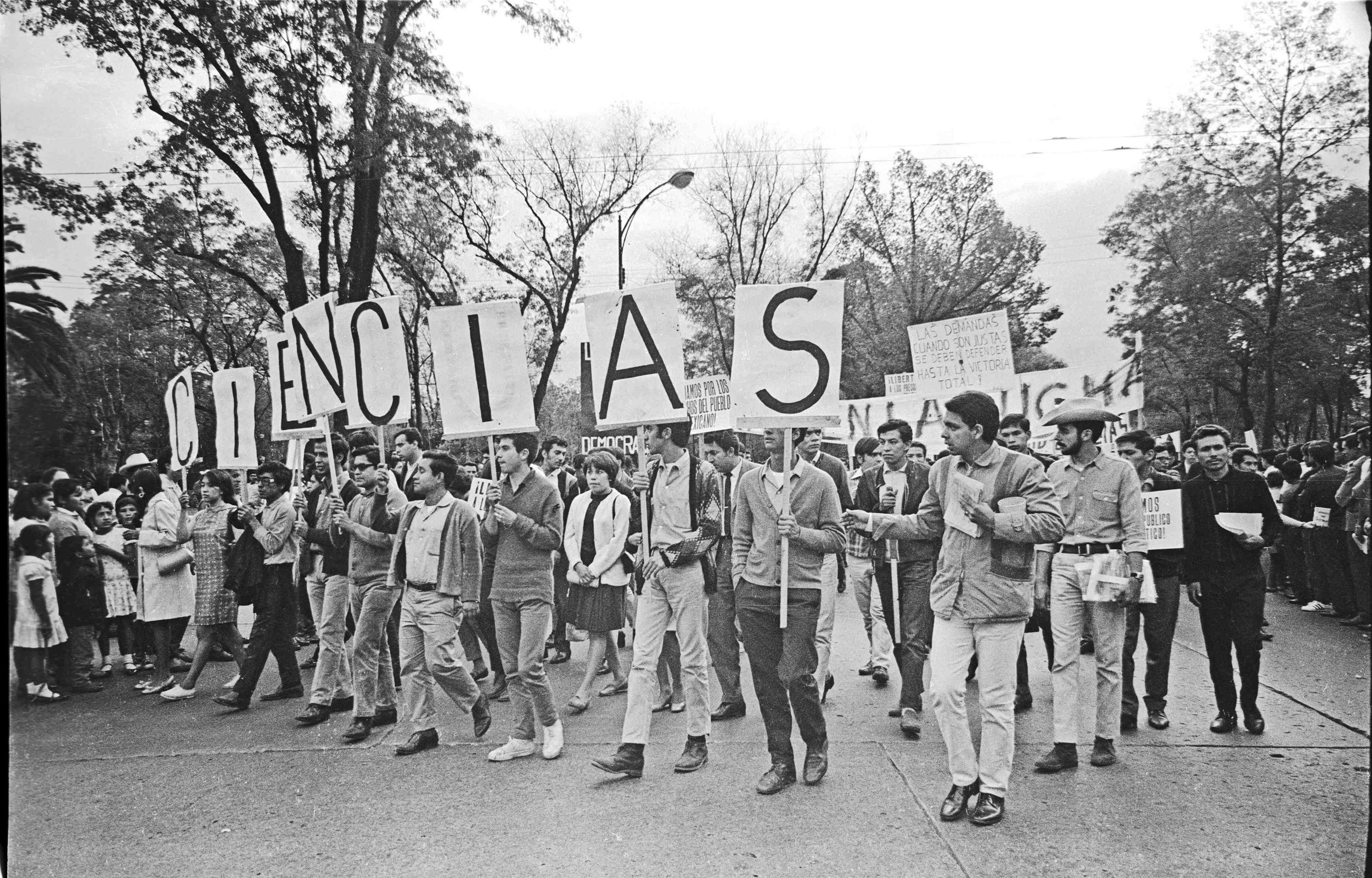
SNCC Memorandum of Solidarity with the Students of Mexico, October 1968
Primary Document by Student Nonviolent Coordinating Committee In 1968, students organized to protest the lack of true democracy in Mexico. The tension began in July, but the climax came on October 2, 1968 — 10 days before the Olympic games were to begin in Mexico City. On this date, the police and army fired on thousands of demonstrators. Hundreds were killed, thousands were beaten and jailed, and the government did its best to sweep the incident under the rug.
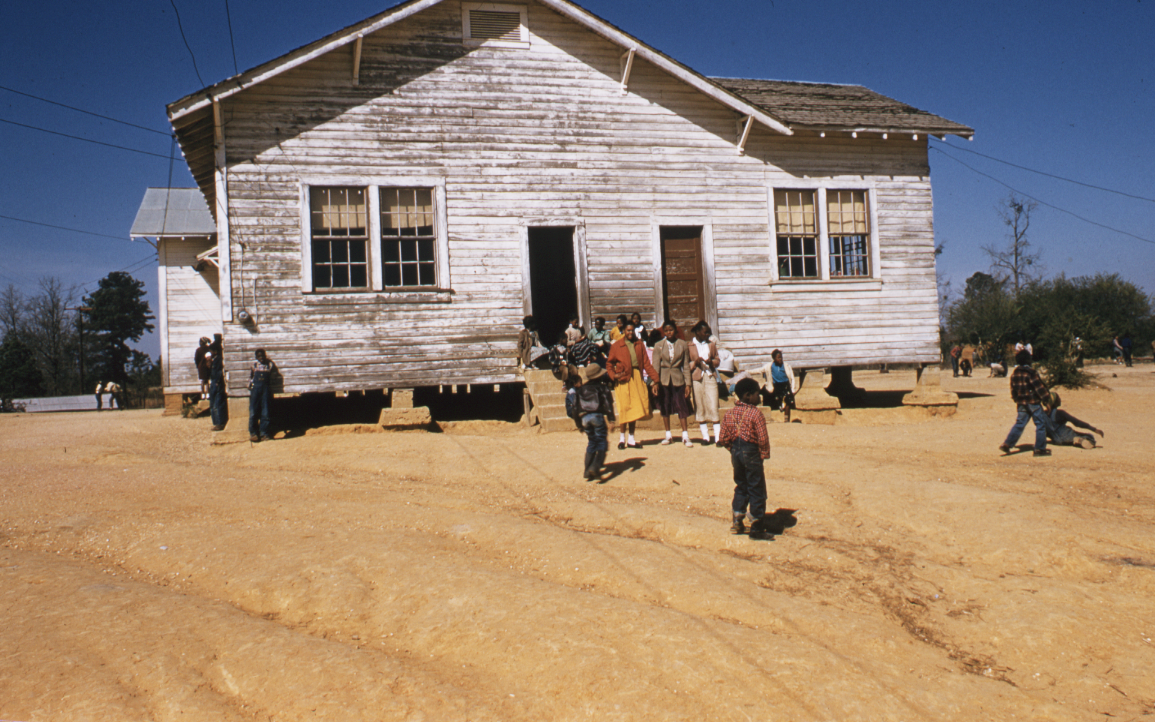
Gallery Walk on the History of Education in Mississippi Through the Lens of Race
Lesson by Julian Hipkins III and Deborah Menkart
Using textbook excerpts, data, quotes, legislation, and images, this gallery walk begins pre-Mississippi in the ancient city of Timbuktu, moves through Reconstruction and Jim Crow, and carries on to present day issues.

Women Make History: A Lesson on Social Justice Activists
Lesson by Jenice L. View
A mixer lesson to introduce students to women from various social justice struggles from throughout U.S. history.
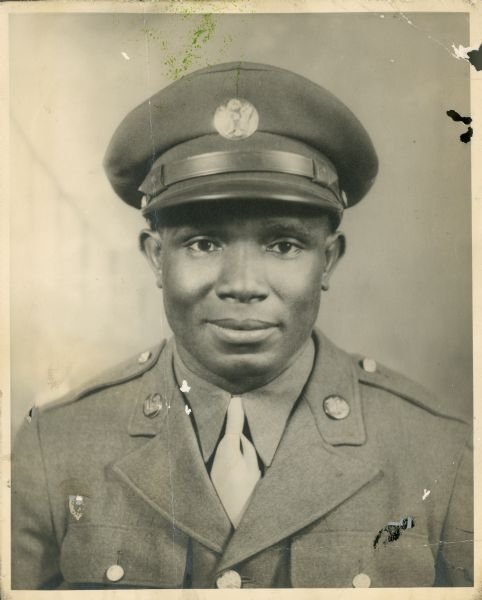
Patriotism over Democracy: A Critical Analysis of U.S. History Textbooks
Reading by James Loewen
Examination of how U.S. history textbooks misrepresent the role of the federal government in foreign and domestic policy, minimizing the potential power of the people.
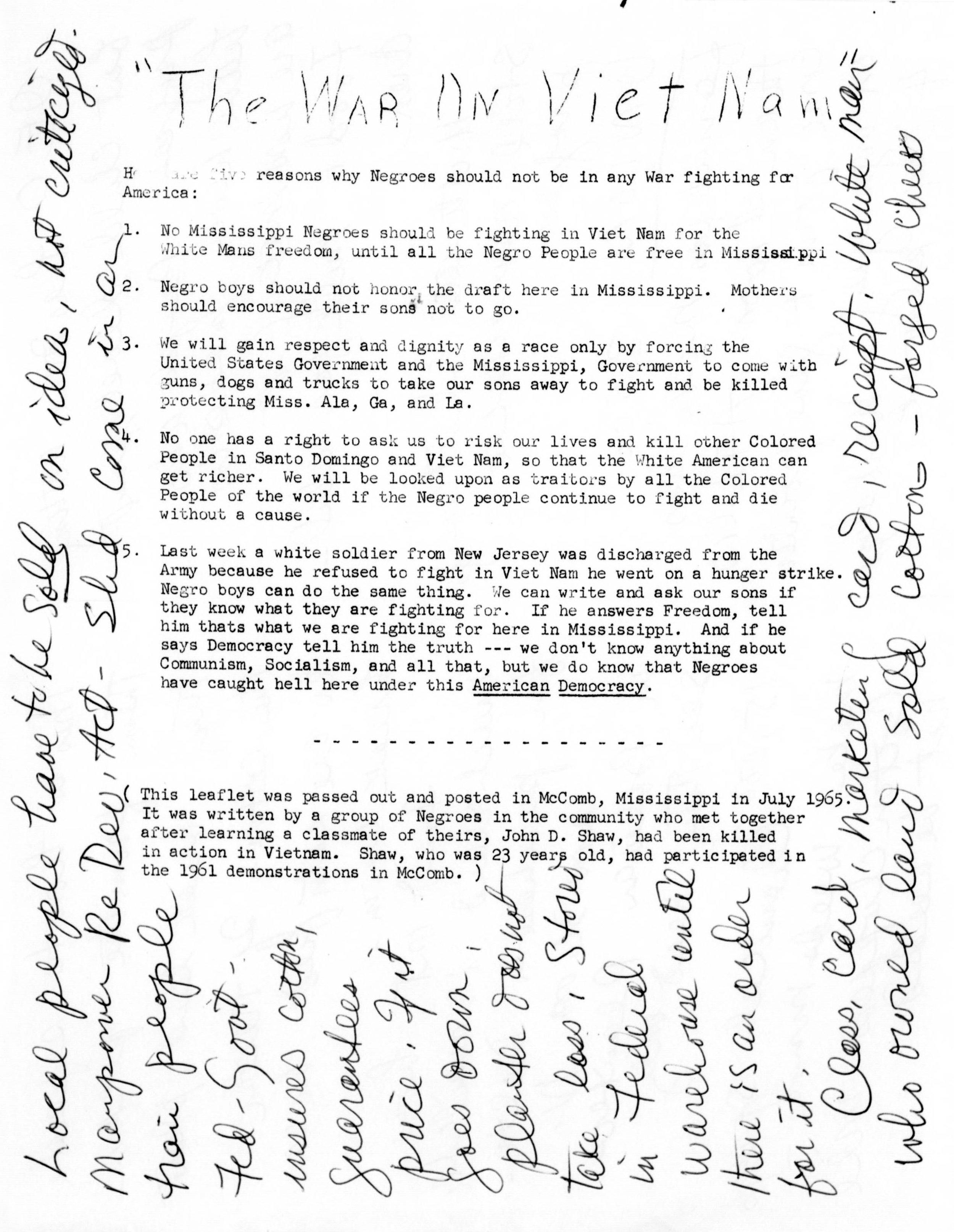
McComb Statement Against the Vietnam War, July 1965
Reading by SNCC Digital Gateway.
In July 1965, a group of young activists in McComb, Mississippi’s Movement learned that John Shaw, one of their former classmates at Burglund High School, was killed in combat in Vietnam. Their statement written in response about the reasons why African Americans should not serve in Vietnam was the first anti-war statement from within the Civil Rights Movement. It paved the way for SNCC to take a stance against the war.

Guns and the Southern Freedom Struggle: What’s Missing When We Teach About Nonviolence
Reading by Charles E. Cobb Jr.
Asserting their right to defend themselves when attacked was a tradition that safeguarded and sustained generations of Black people in the United States. Yet this tradition is almost completely absent from the conventional narrative of the Southern civil rights struggle.

#LastWords
Lesson by Kimberly Spotts
Through poetry and images, students learn how words can be used as a way to reflect and inform others of issues of society and reflect on police brutality.
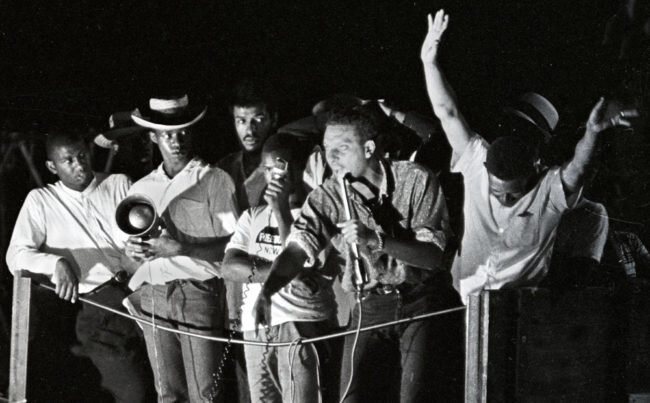
What Happened to the Civil Rights Movement After 1965? Don’t Ask Your Textbook
Reading by Adam Sanchez
Too often, students are taught that the Civil Rights Movement ended in 1965 with passage of the Voting Rights Act. It didn’t. Adam Sanchez argues that it is essential to teach the long, grassroots history of the Civil Rights Movement in order to help students think about today’s movements for racial justice.
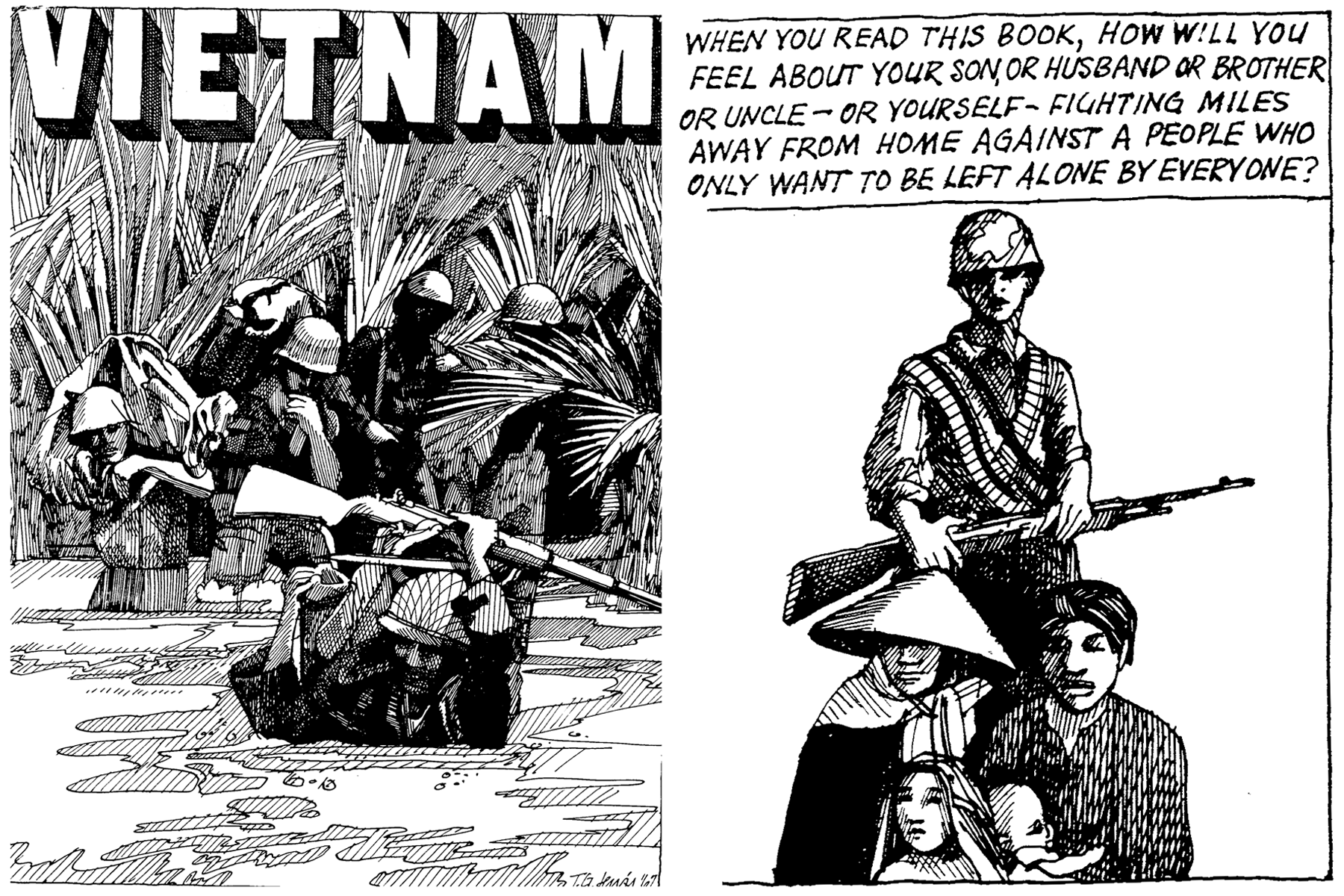
Vietnam: An Anti-War Comic Book
Primary Document by Julian Bond
A history of the Vietnam War and examples of African American opposition to the war, presented in an easy to read comic book format.

Freedom Now: The Civil Rights Movement in Mississippi
Lesson by the Choices Program of Brown University
This curriculum explores the history of the civil rights movement at a local level. Mississippi was one of the most racially divided states in the South. It symbolized the oppression and violence of white supremacy, and the strong Black movement that rose up in response. The unit is divided into three parts. Each part includes:

How Red Lines Built White Wealth: A Lesson on Housing Segregation in the 20th Century
Lesson by Ursula Wolfe-Rocca
The mixer role play is based on Richard Rothstein’s The Color of Law, which shows in exacting detail how government policies segregated every major city in the United States with dire consequences for African Americans.
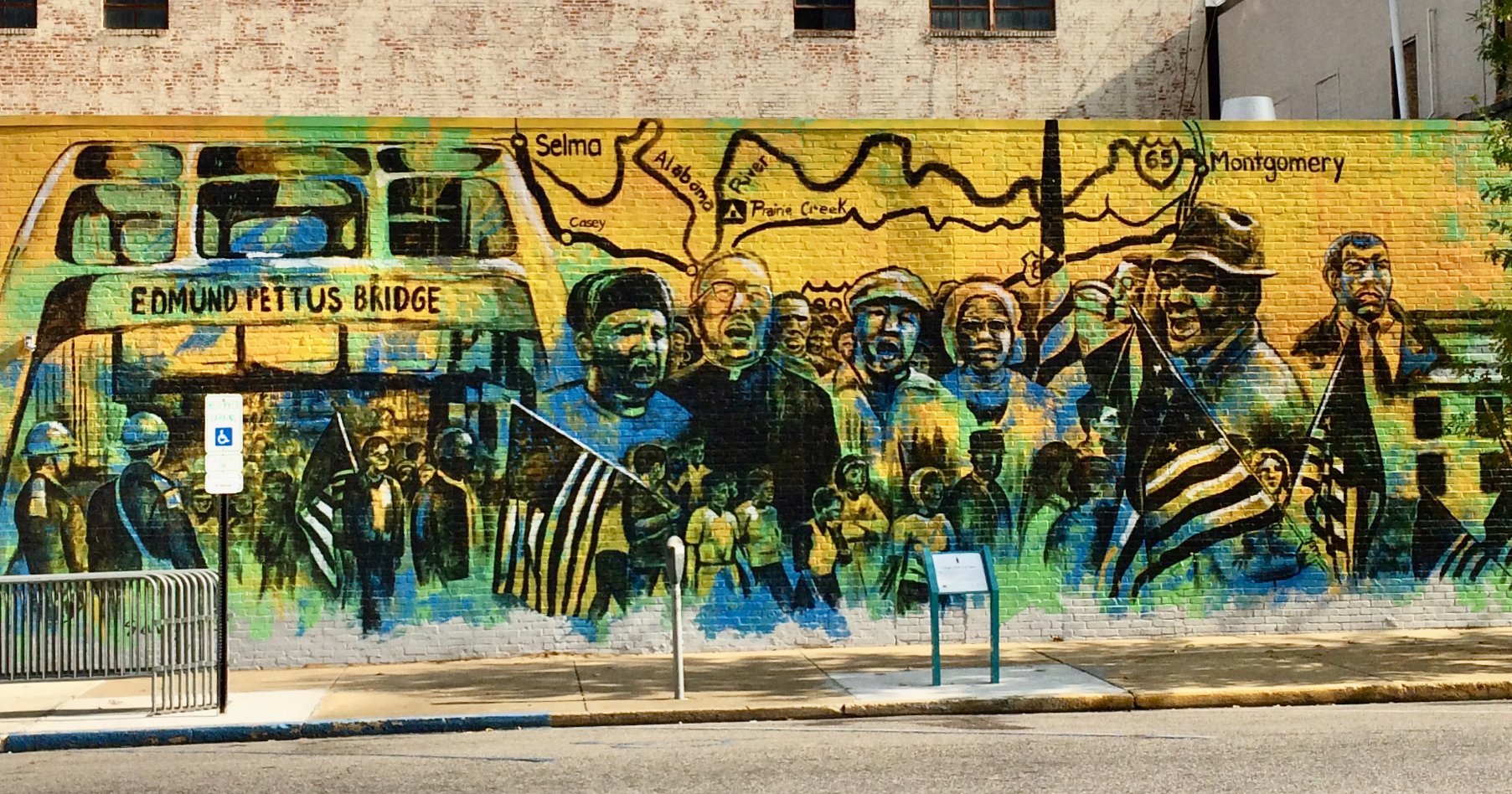
Marching for Civil Rights Today: A Collaborative Mural
Lesson by Patty Bode and Stephanie Schmidt
This mural making activity raises students' awareness of current civil rights issues and injustices helps them see the relevance and deeper understanding of the Civil Rights Movement.
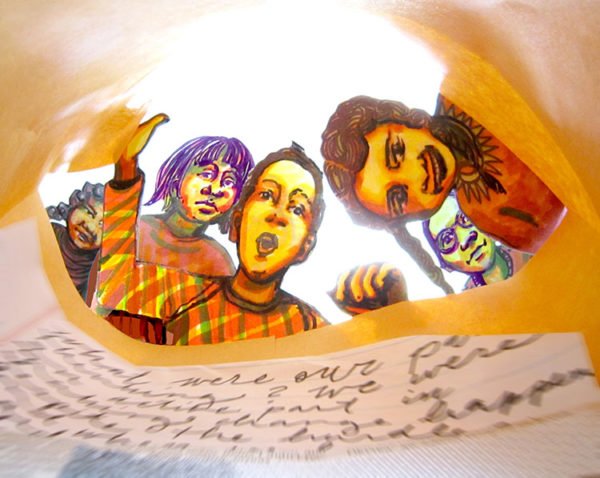
Our Grandparents’ Civil Rights Era
Teaching Idea by Willow McCormick
Students write letters to grandparents and family friends to ask about their experiences during the Civil Rights Movement.
